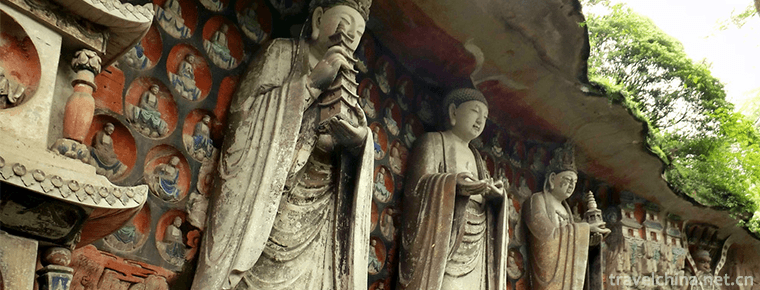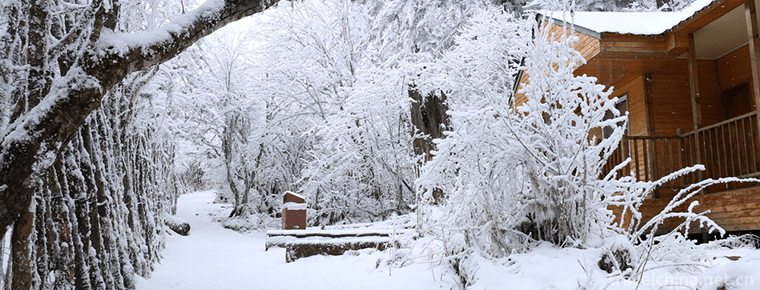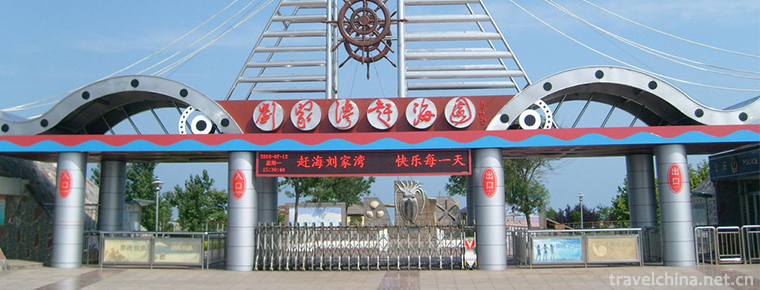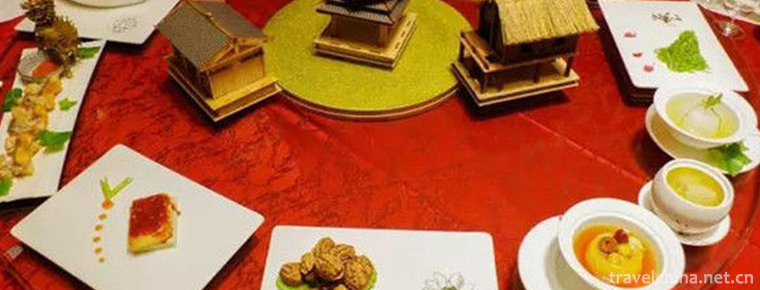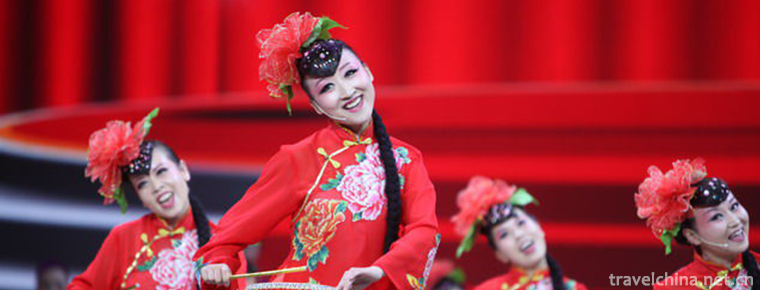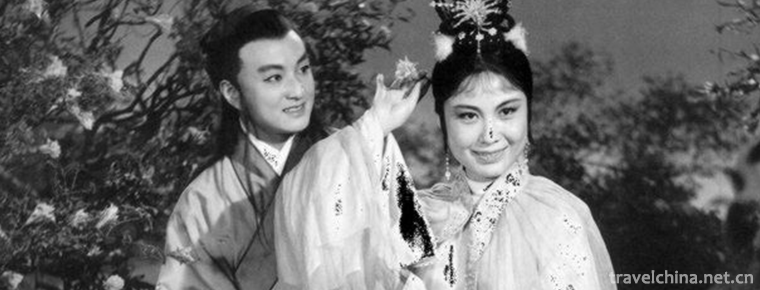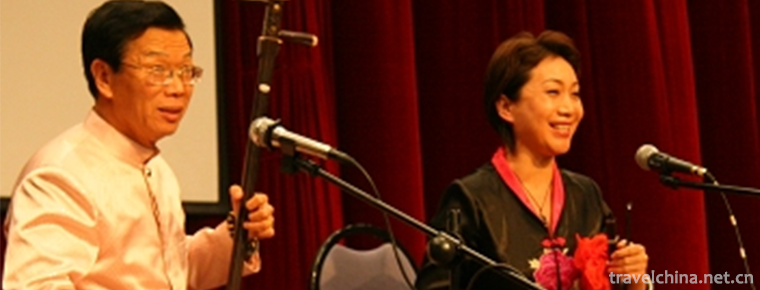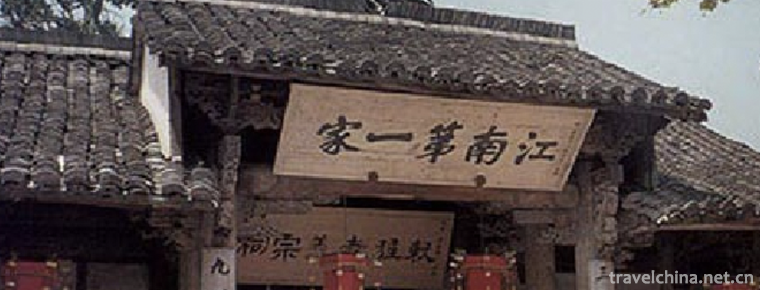Huian stone carving
Huian stone carving
Hui'an stone sculpture mainly served religion in its early stage, with strong religious color. It is mainly embodied in the architectural design, sculpture and installation of the temple, the construction and sculpture of pagodas, pavilions, columns and columns inside and outside the temple, and the fascinating sculpture of the statues of God and Buddha.
Hui'an Stone Carving is one of the traditional carving techniques in Fujian Province of China. As a wonderful flower of Chinese excellent traditional culture, after more than one thousand years of reproduction and development, Hui'an Stone Carving still retains a very pure Chinese artistic tradition and maintains a very complete continuity. So far, it has not been alienated by Western foreign cultures and has a strong national character.
As early as 1600 years ago in Jin Dynasty, Huian stone carving as a permanent art has been applied. After the founding of the People's Republic of China, Hui'an stone carving technology is constantly improving and improving. In the early days of the founding of the People's Republic, ten buildings in Beijing, Jimei Aoyuan Garden of famous overseas Chinese leader Chen Jiageng, etc., all shine with the artistic brilliance of Hui'an stone carving.
In 2003, China Arts and Crafts Association awarded Huian the title of "Capital of Chinese Stone Carving".
On May 20, 2006, Hui'an stone carvings were approved by the State Council and listed in the first batch of national intangible cultural heritage list. On November 4, 2013, the Chinese Folk Literature and Art Association awarded Hui'an County the plaque of "Chinese Carving Art Heritage Base".
In 2015, the UNESCO World Handicraft Council awarded Huian the title of "World Stone Carving Capital".
Historical origin
Tracing back to history, Hui'an sculpture art originated from Zhang Yun, the "King of Castle Peak" (Fujian General of the Five Dynasties), who led his troops in Castle Peak (30 miles east of Hui'an County), guarded the border, and most of his subordinates (mostly from the Central Plains) brought the advanced production technology of the Central Plains, including stone sculpture, and continued to develop and grow. According to historical records, Zhang Yun's subordinates first taught stone carving art in the Qingshan area, and then expanded the scope of teaching to Chongwu Hui's security environment.
Hui'an stone carving has a high level of skill as soon as it is introduced. The earliest stone carvings in Hui'an are the garden carvings and lotus relief carvings of officials, warriors, tigers, horses and sheep in Wang Chao's tomb at the end of the Tang Dynasty. The Song Dynasty carvings have been made for more than 1100 years, and their craftsmanship has reached a fairly high level. The stone generals of Luoyang Bridge in Song Dynasty, the Buddha statues of piers and stone pagodas, and the inscriptions of Zhongting Pavilion all indicate the high level of technology at that time. Cai Xiang, the leader of the construction of Luoyang Bridge, whose mother is Lu Shi of Hui'an. Luoyang Bridge is a 3-mile-long sea-crossing bridge, which is 15 miles away from the Qingshan Mountains. Its piers are made of stone strips and fixed with sea straw. Some of the decks are as long as 3 feet and weigh up to 10 tons. In the absence of large-scale machinery and equipment at that time, the tide of sea water was fully utilized, and the stone bars were placed on the ship, which fixed the piers at high tide and kept them at low tide, while the hull fell and the stone bars were placed in the second pier as the bridge deck. Stone is also mined in Hui'an. Such a huge project must rely on the participation of Huian craftsmen. Even the stone of Quanzhou East-West Pagoda is also mined and transported in Hui'an by textual research. Many of its round sculptures and relief statues of gods and Buddhas are inseparable from the sculptures of Hui'an craftsmen.
During the Ming Dynasty, Hui'an had more candidates for the imperial examinations, and more stone carvings were produced in various archways and cemeteries. Built in the early Ming Dynasty, the ancient city of guwu is stone city built with stones. Such relics include general, horse, tiger and sheep of the tomb of Zhang Yue, the stone lions of Town God's Temple, and so on, all of which indicate the higher level of stone carving. However, the ancient Chongwu city in the Ming Dynasty was once destroyed, and the existing stone city was rebuilt in the Qing Dynasty.
The Qing Dynasty was a period of great development of Hui'an stone carving. Its artistic style tended to be exquisite and meticulous, paying attention to the beauty of line structure and form and charm, thus forming the southern style of Hui'an stone carving. This period is a link between the past and the next in the history of Hui'an stone carving development, and also a period when stone carving workers began to develop outside Hui'an. In addition to other parts of the province, overseas Chinese and businessmen have also developed to Singapore, Indonesia and Malaysia. Since the Sino-Japanese War of 1894, there has been a great building boom in Taiwan. Many Hui'an craftsmen were absorbed to Taiwan to participate in stone carving processing and production, and many people lived in Tai'an. The stone carving skills brought by Zhang Yun became an important medium for the relations between Fujian and Taiwan. After liberation, Huian stone carving technology has gained new development. The construction of Jimei Aoyuan Garden in 1960s, the Great Hall of the People in Beijing, Chairman Mao Memorial Hall in 1980s, Bayiyi Memorial Hall in Nanchang, Yuhuatai Memorial Hall in Nanjing, Mazu statue in Meizhou Island and Zheng Chenggong statue in Xiamen all devoted a great deal of effort to Hui'an stone sculptors.
Since the reform and opening up, especially after the first sculpture festival was held in Hui'an in 2000, Hui'an stone carving has injected strong new ideas, standards, innovations and new perspectives of modern art. Hui'an Stone Carving has become a pillar industry of the county's economic growth. In 2003 alone, the county's sculpture industry realized an output value of 8 billion yuan and earned 5 billion yuan in foreign exchange through export, and was awarded the title of "the hometown of Chinese sculpture" by the Ministry of Culture.
Inheritance significance
At present, Hui'an stone carving industry is in a booming period of prosperity, but under the symbol of prosperity, there is also a crisis, which is mainly manifested in:
1. With the development of economy and the intensification of competition, on the one hand, stone carving enterprises often sacrifice the artistry of stone carving products in order to pursue the lowest cost and maximize profits; on the other hand, some stone carving enterprises, in order to seize customers, adopt unreasonable means of competitive price reduction, resulting in low "added value" of stone carving products, which has brought impact on traditional carving.
Secondly, as the old stone carving artists gradually withdraw from the stage and no one succeeds, some traditional stunts are difficult to be well inherited. Some of the Cenozoic stone carving artists are gradually away from the traditional stone carving craft in their creative techniques. In the long run, it will be unfavorable for the inheritance and promotion of the traditional stone carving craft.
3. With the progress of science and technology, a large number of advanced stone processing tools and machinery have been widely introduced and applied to the stone carving processing process. Although the production and processing capacity of enterprises has been greatly improved and the quality of products can be improved in some aspects, there is no doubt that the traditional stone carving crafts, mainly handicraft crafts, have also had a greater impact, resulting in some valuable transmission. The whole process is in danger.
Four, as the traditional stone carving process usually adopts the way of dictating or transmitting by the teacher, there has never been a unified standard text teaching material. Some traditional skills are completely grasbed by experience and savvy. If there is no master's careful guidance and instruction, it is very difficult for the artists to master the essence of the traditional stone carving process, resulting in the gradual loss of some stunt skills.
5. Carving craftsmen generally have a lower level of culture, fewer people with a higher aesthetic foundation and a certain theoretical level, and the current situation of "craftsmen without teachers" is serious.
6. The inadequate investment in the static protection and theoretical research of the traditional stone carving technology and the lack of comprehensive work will result in irreparable losses.
At present, the old generation of Hui'an stone carving artists have gradually retired. At the same time, with the progress of science and technology, precious traditional hand carving skills are gradually replaced by mechanization. Traditional skills are handed down orally and heart-to-heart among teachers and apprentices, mostly in a closed state. It is difficult for apprentices in modern factories to really learn the essence of traditional stone carving technology, so the whole stone carving industry has few successors. In addition, the cultural level of carving craftsmen is generally low, the static protection and theoretical research of traditional stone carving technology is insufficient in funding, and the work is not fully carried out. The traditional skills of Huian stone carving are increasingly in danger, and need urgent support and rescue.
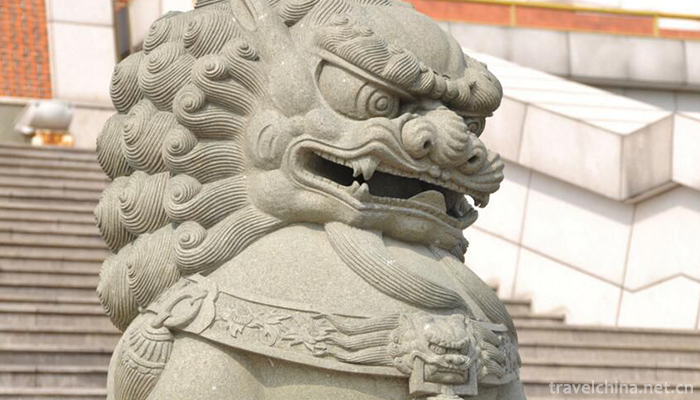
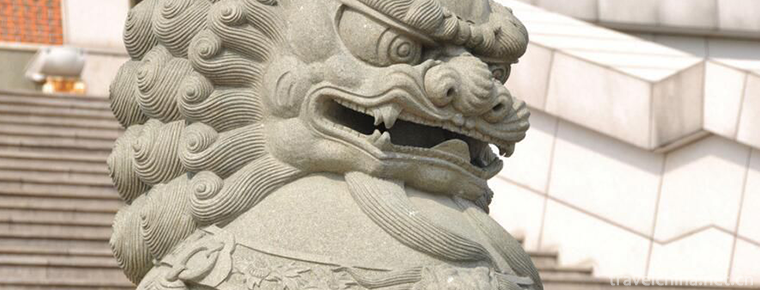
Huian stone carving
-
The Dazu Rock Carvings
Dazu Stone Scenic Area is a religious cliff sculpture in the late Tang and early Song Dynasty, with Buddhist themes as the main theme, especially the Beishan Cliff sculpture and Baoding Mountain Cliff
Views: 252 Time 2018-12-12 -
Conch Valley Scenic Area
Hailuogou is located in Moxi Town, Luding County, Sichuan Province, on the eastern slope of Gongga Mountain. It is a very high mountain area on the eastern edge of the Qinghai-Tibet Plateau
Views: 206 Time 2018-12-12 -
Liu Jiawan Chaihai Garden
Located on the eastern coast of Taolu Town, Donggang District, Rizhao City, Liujiawan Chaihai Garden is a national AAAA-level tourist attraction, a popular science education base, and a core scenic sp
Views: 137 Time 2018-12-26 -
Mingshan Scenic Area
Famous Mountain Scenic Area is located on the beautiful bank of Heilongjiang Province, across the river from the Russian Jewish Autonomous Prefecture
Views: 233 Time 2019-02-07 -
Eight Immortals
Raw materials: japonica rice, yellow millet, soybean, red adzuki bean, mung bean (fried with five flavors) 75 grams each. Fennel (washed) 150 grams, dried ginger, stir-fried white salt 30 grams each.
Views: 162 Time 2019-03-27 -
Heluo drum
Heluo Dagu, commonly known as "Shuoshu", is one of the traditional local songs in Henan Province.
Views: 191 Time 2019-05-03 -
Legend of Cowherd and Weaver Girl
Niulang and Zhinu are one of the four Chinese folk love legends (the other three are Legends of White Snake, Meng Jiangnu Crying Great Wall, Liang Shanbo and Zhu Yingtai). They derive from the star na
Views: 347 Time 2019-06-08 -
Shandong Qinshu
Shandong Qinshu is one of the traditional folk art varieties in Shandong area, also known as "Xiaoqu", "Yangqin", "Shandong Yangqin", "improved Qinshu" and so o
Views: 214 Time 2019-06-13 -
Construction Techniques of Wuzhou Traditional Residential Buildings
On June 7, 2008, Wuzhou traditional residential construction techniques were approved by the State Council and listed in the second batch of national intangible cultural heritage list.
Views: 216 Time 2019-06-30 -
Panzhihua scenic spot
Gesala Ecotourism Area is a national AAAA tourist attraction, a provincial tourist resort and a provincial ecotourism area. It is located in the northwest of Panzhihua City, about 110 km away from the urban area. There are ten thousand acres of pines, azalea sea, Yi People's customs and Tiankeng floor drain.
Views: 134 Time 2020-12-14 -
Meishan secondary industry
By the end of 2019, there were 596 Industrial Enterprises above Designated Size, and the added value of industries above designated size increased by 9.8%. In the whole year, 82 kinds of products from industries above Designated Size participated in the statistics,
Views: 330 Time 2020-12-18 -
Dazhou Railway
Railway lines: Chengdu Chengdu Railway, Xiangyang Chongqing railway, Dazhou Wanzhou railway, Daba railway and Chengdu Dazhou Wanzhou high speed railway (planned)
Views: 96 Time 2020-12-20
